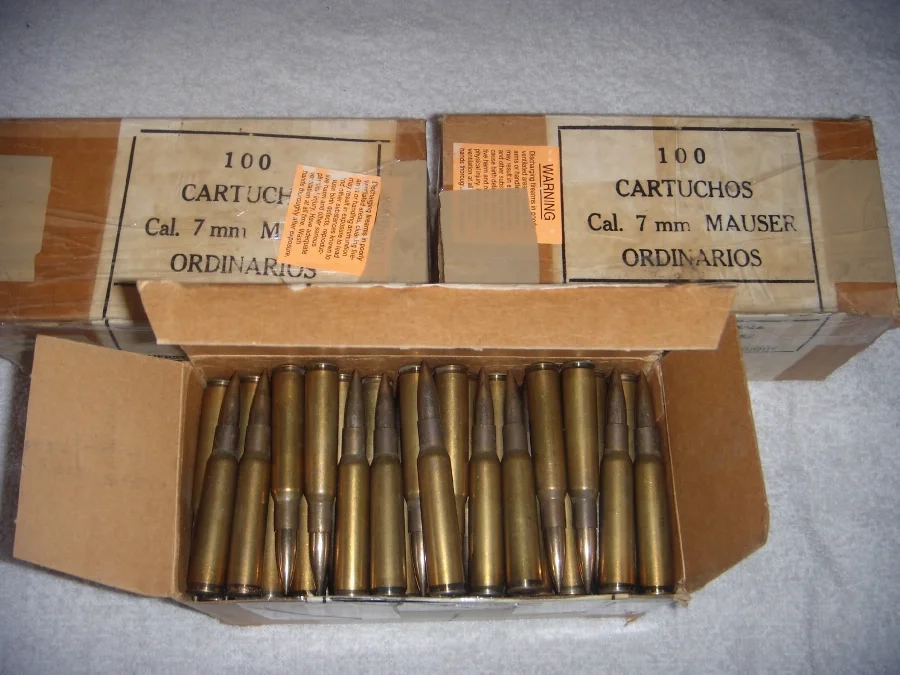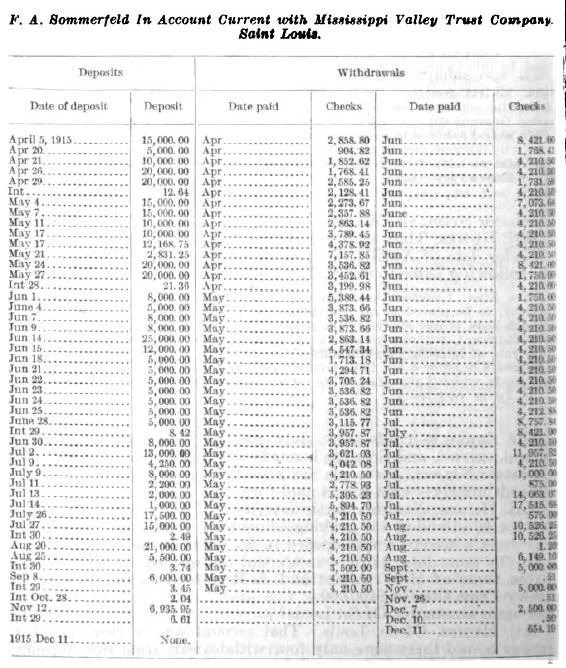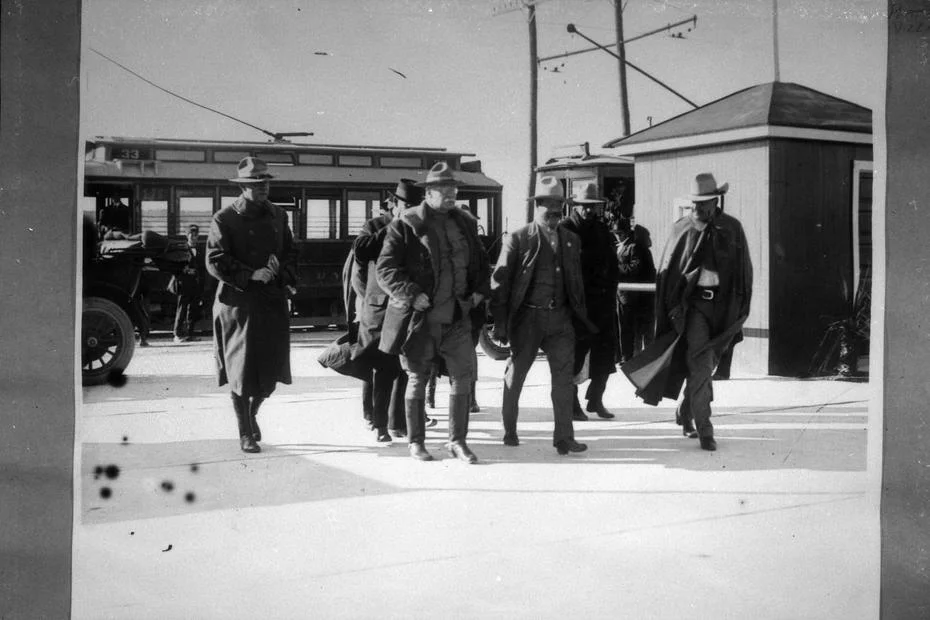The week before the Pan-American Conference would render its final decision on the recognition of a new Mexican government, Villa’s most powerful representatives met with Robert Lansing on October 5. Although Sommerfeld does not appear to have joined Manuel Bonilla, Roque González Garza, and Enrique Llorente, he undoubtedly maintained close contact with the group and helped prepare the meeting. The Secretary heard the delegation’s arguments, their professions of imminent military successes, of being the only guarantors of constitutional order, and their claim of having support from the majority of Mexico’s factions. The Mexican negotiators emerged discouraged. There was nothing they could have said to change the decision of the American president. Pancho Villa himself spoke to reporters on October 8, ominously threatening that recognition of Carranza’s faction “would bring revolution after revolution, and revolution in its worst forms. Existing conditions in Mexico are bad enough, but if Carranza be recognized, those conditions would become tenfold worse…”
Chief of the Army, Major General Hugh Lenox Scott at his desk.
If anyone should doubt as to who would be initiating those revolutions, he vowed: “I am here in Juarez, but this is as far as I shall go north... Here I shall fight and here I shall live..." The conference reconvened on October 9 as expected. Robert Lansing told reporters after a three-hour session at the State Department, “The conference, after careful consideration of the facts,
have [sic] found that the Carranza party is the only party possessing the essentials for recognition as the de facto government of Mexico, and they have so reported to their respective Governments.” The U.S. government officially extended an invitation to the "de facto Government of Mexico, of which General Venustiano Carranza is the Chief Executive,” on October 19, to exchange diplomatic representatives.
American battleships raised the Mexican flag and fired a twenty-one-gun-salute in the harbor of Veracruz. General Scott, clearly disgusted, commented, “The recognition of Carranza had the effect of solidifying the power of the man who had rewarded us with kicks on every occasion… I did what I could to prevent this but was not powerful enough. I had never been put in such a position in my life.” Despite the many claims that Villa was wholly unaware of these developments, the American decision did not surprise the revolutionary chieftain. He knew that realities on the ground, his losses to the Carrancista forces, had precipitated the American decision.
What he had not anticipated, however, were the swift actions with which the Wilson administration now pursued his complete annihilation. The State Department issued an embargo for arms and munitions on October 20 against any faction in Mexico other than the recognized government. Returning to the old days of having to smuggle arms and munitions across the border, Villa suffered another devastating blow. It would not be the last.
General Scott, as well as most Mexicans who had supported the unity government idea, could not understand how the Wilson administration could have reversed its policies from June 2, when President Wilson appealed to all factions to come to the table or else – to October, when Carranza became the de facto president of Mexico. President Wilson “did not reveal his intentions then [when General Scott met him in the end of August] but he recognized Carranza in a few months... I never knew why. I asked officers of the State Department, junior to the secretary [likely Leon Canova], why such a thing had been done and they said they did not know… That information has always made the President’s step even more of a mystery to
me.” President Wilson never explained his motivations, even to his closest associates. Like most mysteries, this one created a host of speculative conspiracy theories but that also would have grave consequences for the United States. What did the Carranza faction concede to the American government to sway the President’s opinion?
It did not take much for a manipulating mind such as Sommerfeld’s to reinforce the suspicion that Wilson’s decision was the result of secret concessions from the First Chief Carranza. Even General Scott suspected that something unseemly must have happened. Typical for Sommerfeld’s modus operandi, he did not leave any overt fingerprints on the campaign that convinced Pancho Villa beyond doubt that such a secret agreement indeed existed. Instead, he used Miguel Díaz Lombardo, Manuel Bonilla, Roque Gonzales Garza, Felipe Ángeles, and others close to Villa to convey the message.
Read Felix A. Sommerfeld and the Mexican Front in the Great War or hang on until the next step on the Road to Columbus is revealed.








